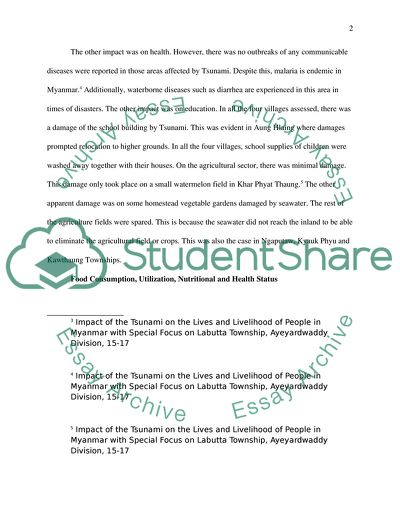Cite this document
(The Impact of Tsunami in Indonesia Essay Example | Topics and Well Written Essays - 1750 words, n.d.)
The Impact of Tsunami in Indonesia Essay Example | Topics and Well Written Essays - 1750 words. https://studentshare.org/geography/1795691-the-impact-of-tusnami-in-indonesia
The Impact of Tsunami in Indonesia Essay Example | Topics and Well Written Essays - 1750 words. https://studentshare.org/geography/1795691-the-impact-of-tusnami-in-indonesia
(The Impact of Tsunami in Indonesia Essay Example | Topics and Well Written Essays - 1750 Words)
The Impact of Tsunami in Indonesia Essay Example | Topics and Well Written Essays - 1750 Words. https://studentshare.org/geography/1795691-the-impact-of-tusnami-in-indonesia.
The Impact of Tsunami in Indonesia Essay Example | Topics and Well Written Essays - 1750 Words. https://studentshare.org/geography/1795691-the-impact-of-tusnami-in-indonesia.
“The Impact of Tsunami in Indonesia Essay Example | Topics and Well Written Essays - 1750 Words”. https://studentshare.org/geography/1795691-the-impact-of-tusnami-in-indonesia.


